How to put yourself on Mars! Awesome NASA tech will frame you for FREE
NASA has provided an innovative way to send you to Mars instantly. Know all about this awesome tech.
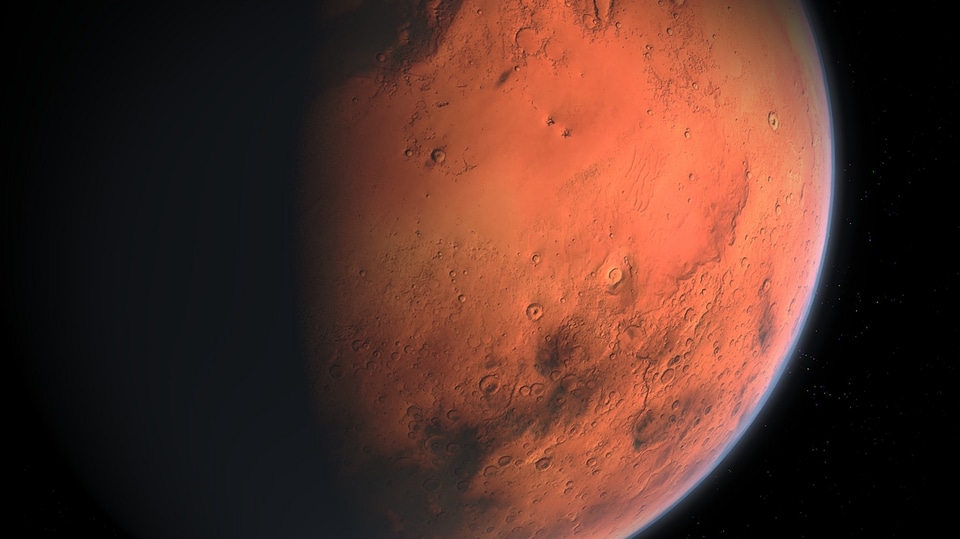
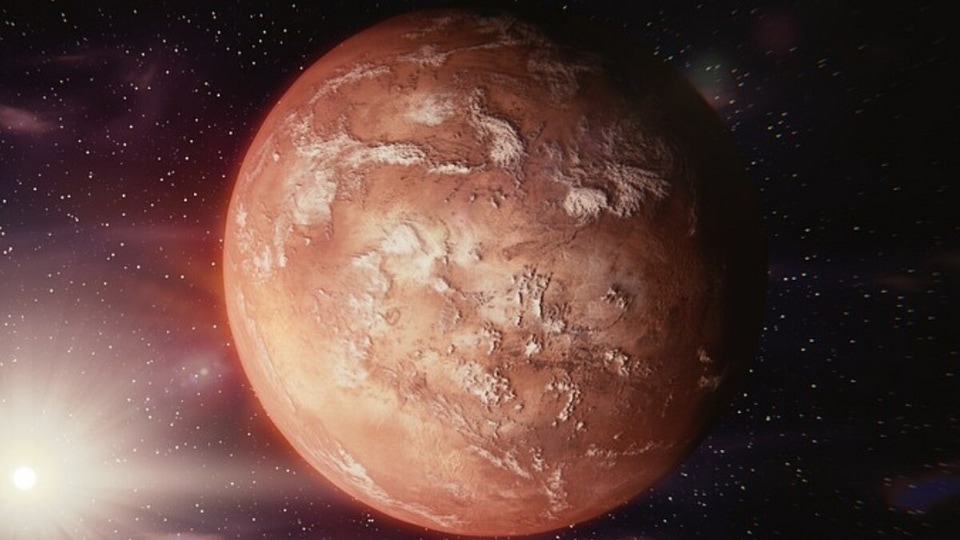
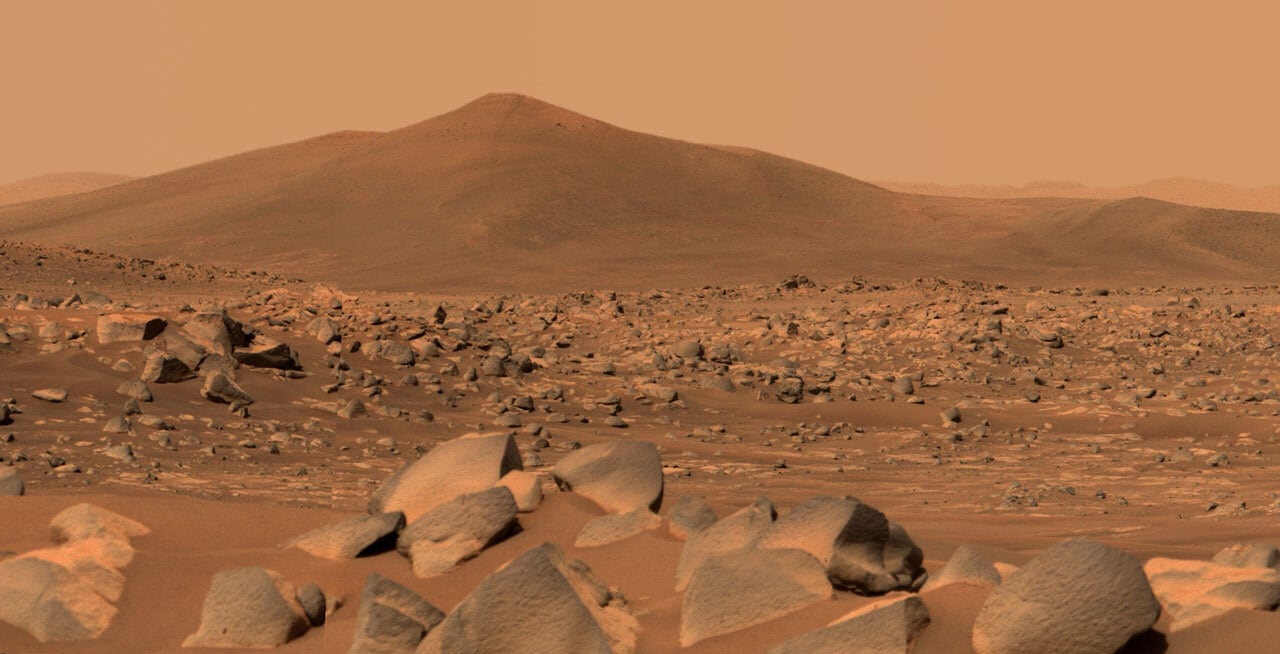

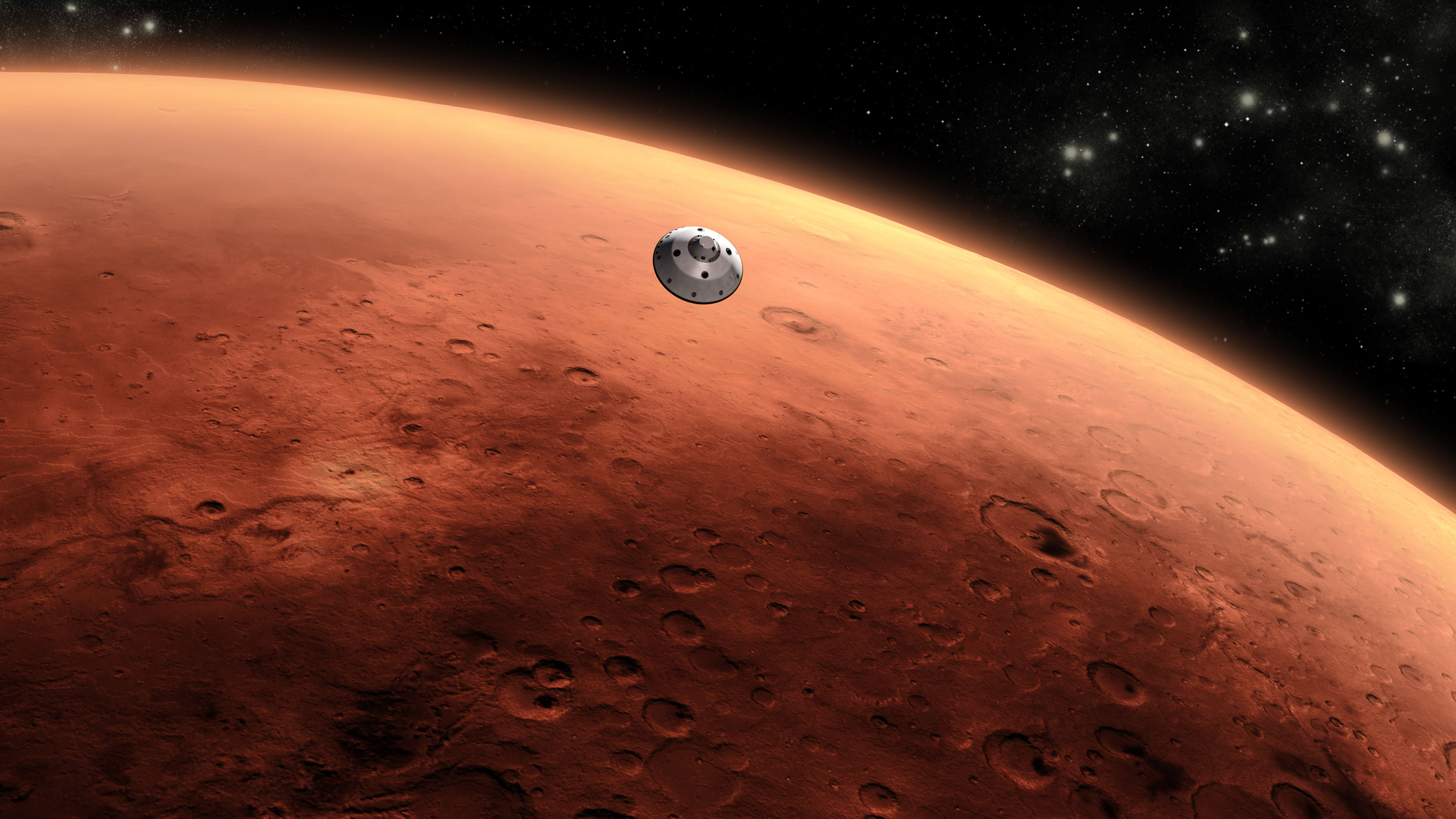
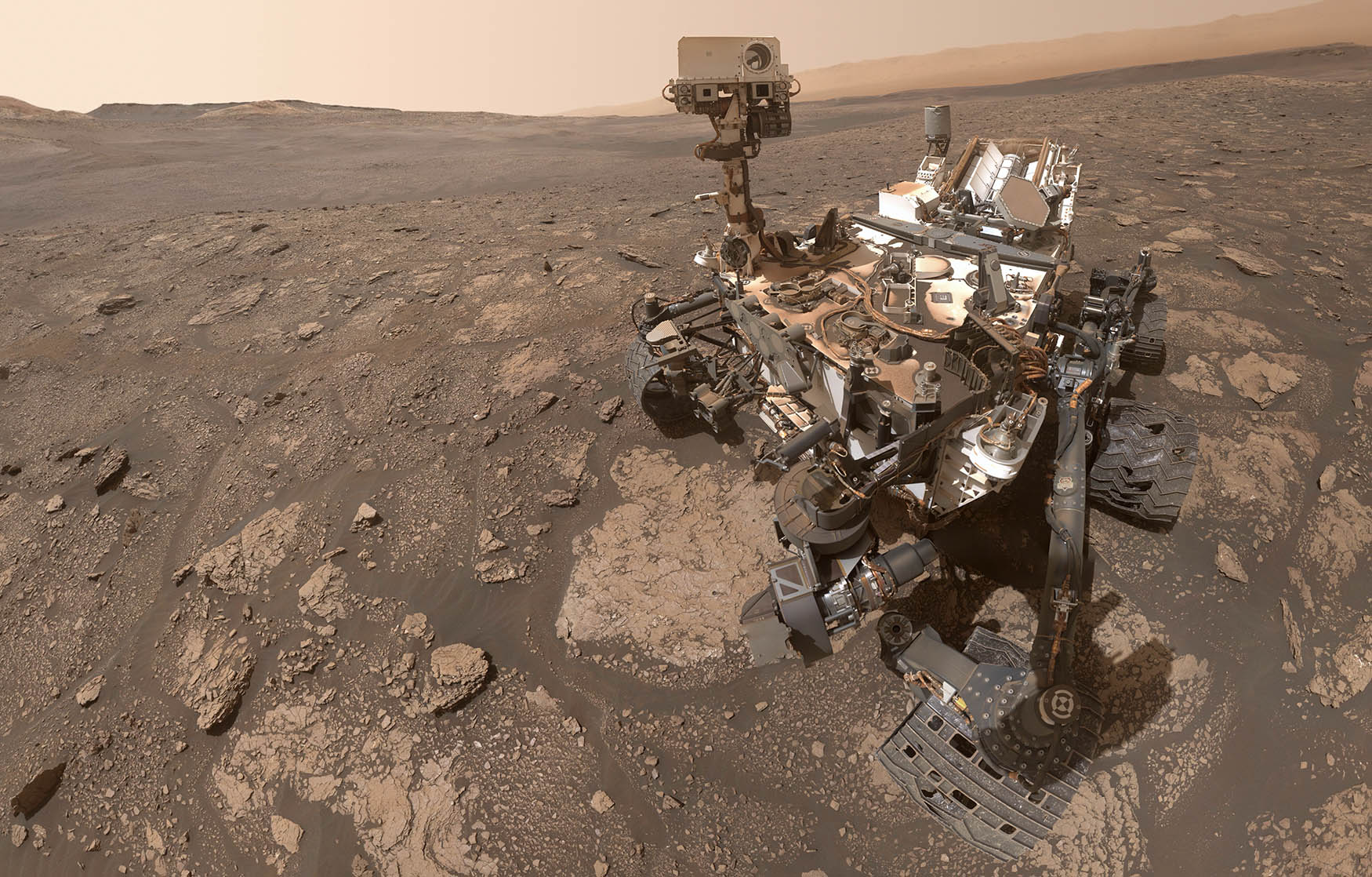
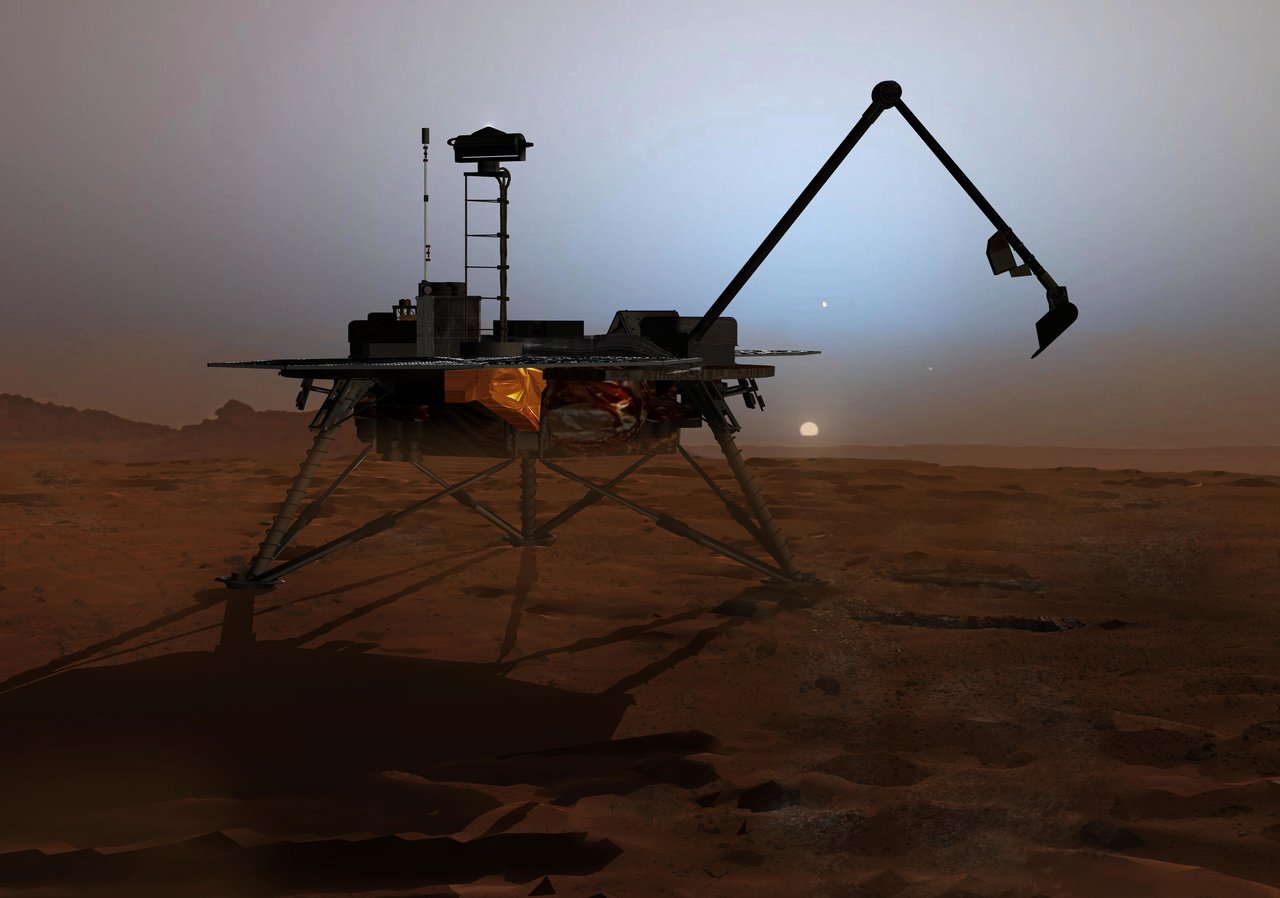
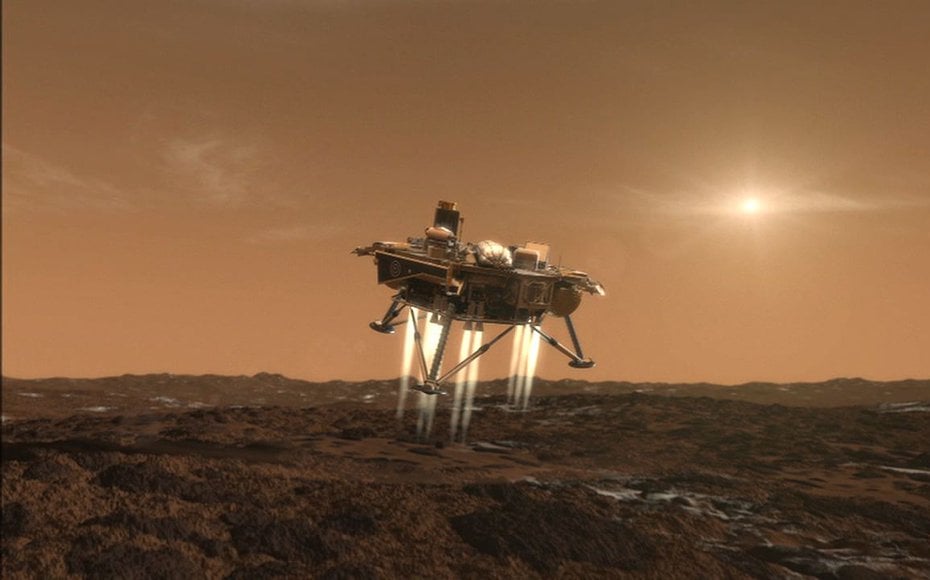
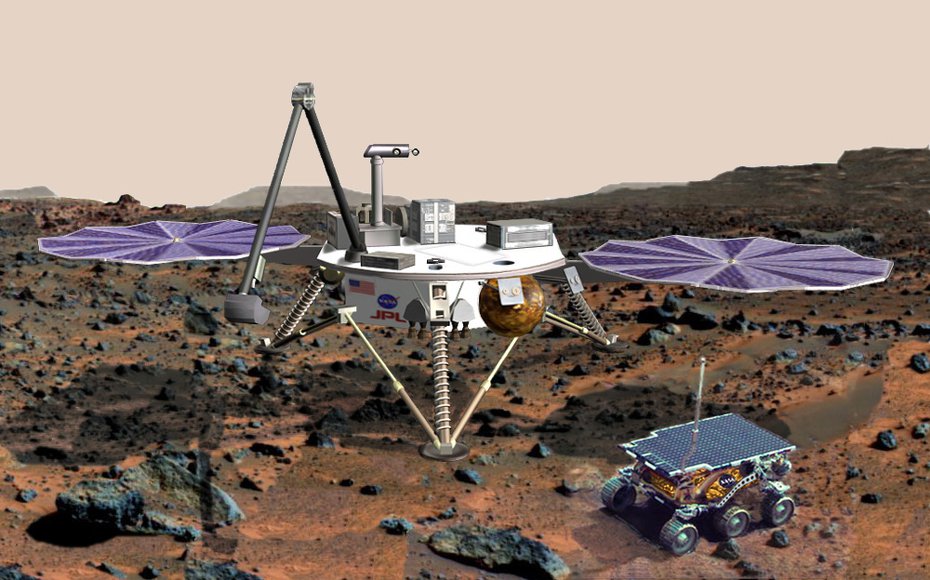


 View all Images
View all ImagesIn an interview, Elon Musk famously said that he wants to send one million people to Mars by 2050. While that might be a farfetched plan, if you want to visit Mars sooner than that, there might be a unique solution for you. And believe it or not, it will not even require you to wear a spacesuit, let alone having to go through a rigorous fitness and science course to become eligible for space travel. And this innovative method is being offered by NASA for free. The US space agency promises to frame you on the red planet. Curious? Read on to know about this awesome NASA offer.
Put yourself on Mars instantly with this cool trick
To be clear, this method will not physically transport you to Mars. Neither space agencies have the technology nor the financial means to send humans to Mars at the moment. However, just because you cannot visit Mars, it does not mean you cannot be "there". Confused? Don't be. NASA has a cool service that gives you a glimpse of how it would feel to be on the red planet.
On the NASA 2020 Mars Perseverance microsite, there is a special page, which lets you upload your own picture or the picture of a loved one (or even a pet) on one of the eight NASA backgrounds. The collection of images have different backgrounds of the Mars surface as well as a couple of images of the Mars mission control room.
And the best part is that you do not even have to crop the image or manually remove the background of your image to add it to the website. You can choose any picture, preferably where your entire frame is visible and upload it as it is. The NASA tech automatically detects you in the foreground and removes the background from the image.
After that, the image will be added to the Mars background and you can feel like you are sitting there on the red planet. You can also download this image and print it out and frame it in your room. This way, you can flaunt it in front of your friends and family that NASA has put you on Mars for free! You can click here to visit the NASA Photo Booth web page.
Catch all the Latest Tech News, Mobile News, Laptop News, Gaming news, Wearables News , How To News, also keep up with us on Whatsapp channel,Twitter, Facebook, Google News, and Instagram. For our latest videos, subscribe to our YouTube channel.




























